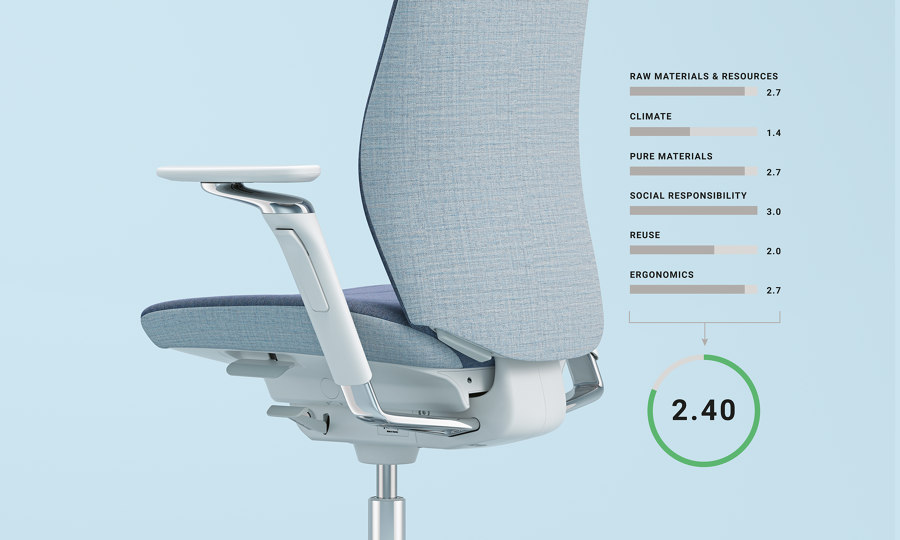Power tool: Kinnarps The Better Effect Index
Storia del Marchio di Anna Winston
London, Regno Unito
04.06.19
Developed by the KINNARPS Group, The Better Effect Index gives specifiers a way to make informed decisions when choosing sustainable products.
Sustainability is a core value for Scandinavian office furniture brand Kinnarps, which is bringing environmental transparency to the interiors sector with The Better Effect Index

Sustainability is a core value for Scandinavian office furniture brand Kinnarps, which is bringing environmental transparency to the interiors sector with The Better Effect Index
×With global warming dominating headlines around the world, sustainability has never been so high on the agenda for designers. But when it comes to interiors, the furniture industry often struggles to be transparent about its products and help specifiers make more informed choices.
In response, office-furniture specialist Kinnarps has developed a system – The Better Effect Index – that uses a simple grading method, rating the sustainability of interiors products on a scale of 0 to 3 against a range of criteria: Raw Materials (encompassing working conditions in the production chain), Climate, Pure Materials, Social Responsibility, Ergonomics and Reuse.
The index helps specifiers understand more about the credentials of the products they’re using, such as Kinnarps’ Capella task chair, with easy-to-understand ratings for everything from materials to manufacturing

The index helps specifiers understand more about the credentials of the products they’re using, such as Kinnarps’ Capella task chair, with easy-to-understand ratings for everything from materials to manufacturing
×”The most direct effect of our products is the function, in other words, that they meet people’s need for healthy, creative working environments," says Johanna Ljunggren, Sustainability Manager at Kinnarps AB. "But if we apply a holistic view of sustainability, our furniture can have an even bigger effect. It can influence the size of the world’s waste mountain, the condition of our forests and the working conditions of the people who work in the various production chains."
The company has already begun rolling out the index across its own lines, using a simple logo attached to each product that links through to a full breakdown of its credentials. One example is Capella, Kinnarps’ ultimate task chair, which scores 2.4 on the index, rating highly on Raw and Pure Materials and Ergonomics but less well on criteria like Climate.
Although the index can't solve the challenges facing the industry, it's a step in the right direction. With this information like this at their fingertips, designers can finally develop a clearer picture of the impact of their choices.
© Architonic



